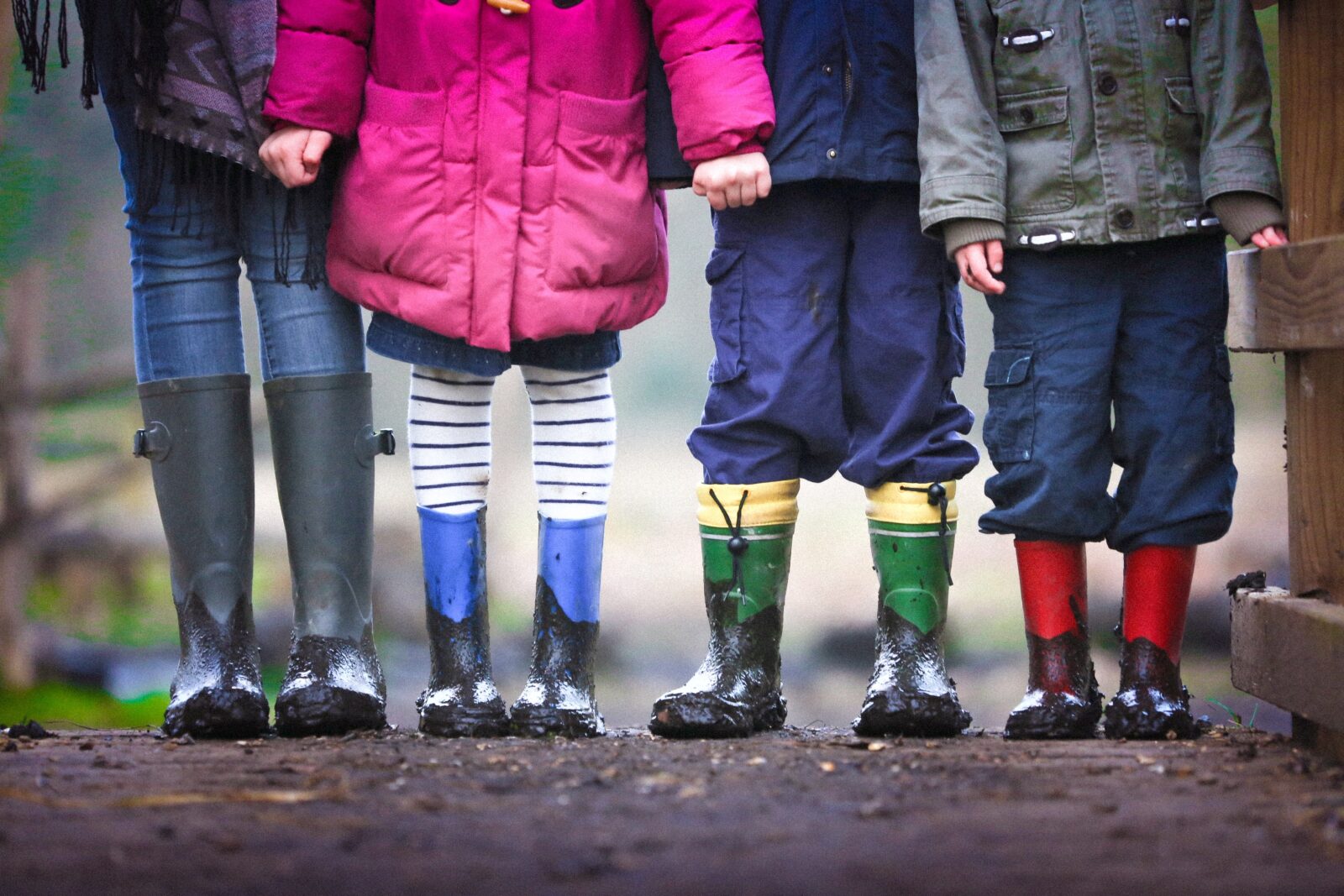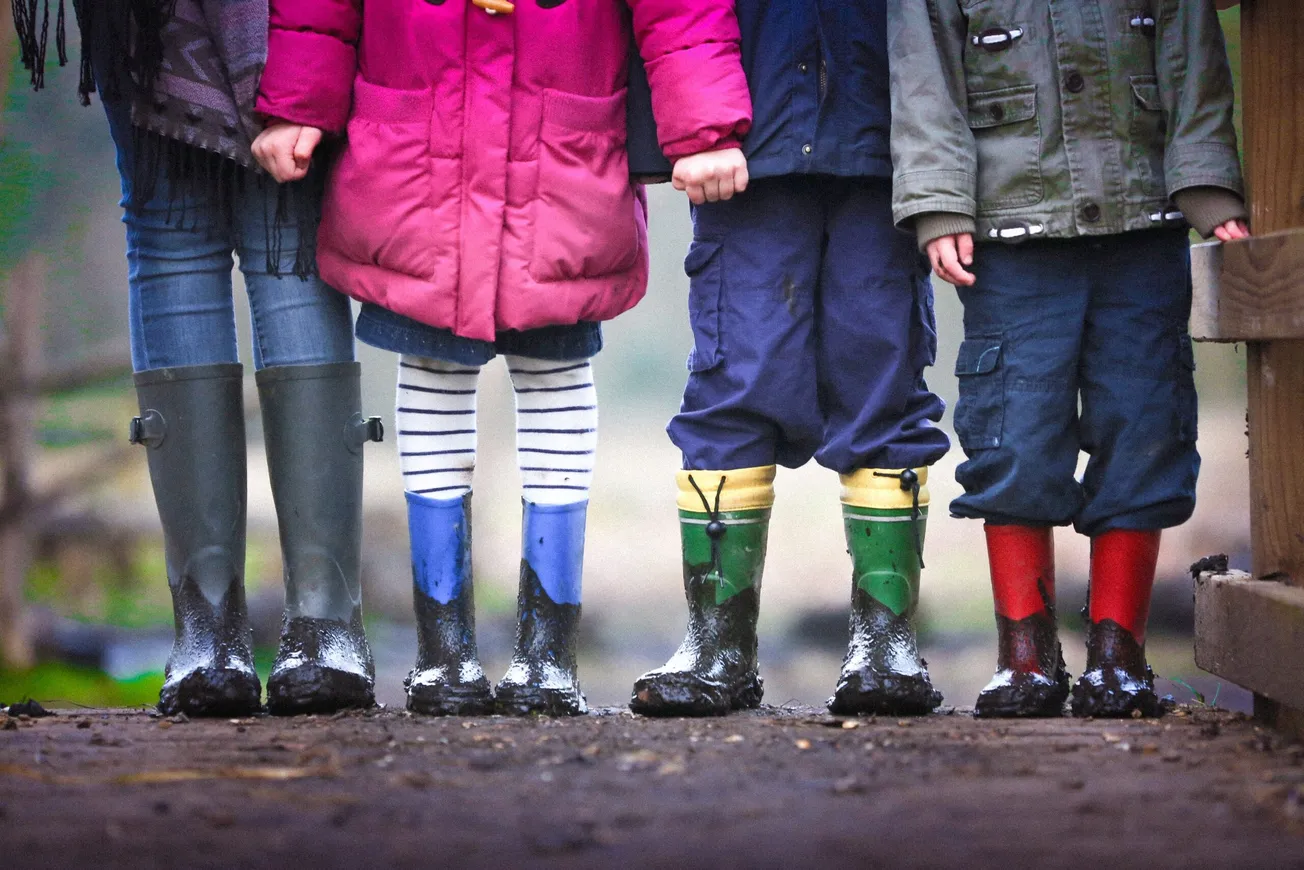Barbara Kay
mercatornet.com
Barbara Kay studied English Literature – undergrad at U of Toronto and graduate studies at McGill. For many years she taught literature and composition part-time at various Quebec Cegeps. She was also… More by Barbara Kay
A Canadian bill would ban ‘conversion therapy’ for gays, while parents fight gender conversion zealots in the classroom.

Late last month, 306 members of the Canadian Parliament gave approval in principle to “conversion therapy” Bill C-6, with only seven Conservative party votes opposed (leader Erin O’Toole supported it, but permitted his MPs a free vote). The House of Commons justice committee is reviewing public responses to it.
C-6 defines “conversion therapy” as any “practice, treatment or service designed to change a person’s sexual orientation to heterosexual or gender identity to cisgender, or to repress or reduce non-heterosexual attraction or sexual behaviour.” It adds five offences to the Criminal Code, three of them punishable by up to five years in prison.
The bill is deeply problematic, beginning with the preamble, which claims it is a “myth” that gender identity “can or ought to change.” It is no myth that gender identity can change. If one or two of Canada’s top-tier experts in gender dysphoria research had been consulted in the bill’s creation, the working group would have learned that without invasive intervention, 80 per cent or more of gender-dysphoric children who identify as the opposite sex revert to comfort in their natal sex post-puberty. A significant number of these children emerge as gay or lesbian. But these scientific experts were not consulted. Not a good look on the framers.
Another serious problem is the misleading conflation of homosexuality with gender identity, leading to pivotal imprecision around the core word “conversion.”
On the one hand, we’re told it is conversion therapy to encourage distressed homosexuals to achieve eventual comfort in being what they are not (this is actual conversion therapy). On the other, we’re told it is conversion therapy to encourage distressed gender dysphoric children to feel eventual comfort in being what they are.
A recent submission by Pamela Buffone to the standing committee on justice and human rights respecting C-6 illuminates this core fallacy at the very heart of the bill. The Buffones are awaiting a hearing date at the Ontario Human Rights Tribunal. They claim a form of “conversion therapy” was practised on their daughter in her Grade 1 classroom.
On multiple occasions, the girl’s teacher told the class, “There’s no such thing as girls and boys,” reinforced by materials like videos promoting theories of gender fluidity. The daughter recounted one whiteboard lesson, during which the children were directed to write their names on a gender spectrum according to the degree they “felt” like a typical girl or boy. The daughter put her name at the end of the spectrum beside “girl.” But in this same lesson, the teacher told the children, “Girls are not real and boys are not real.”
The Buffones’ previously happy daughter became so anxious about her identity not being “real” that she fretted constantly, even asking if she should see a doctor. Buffone states in her attestation, “What happened in my daughter’s classroom was ‘a practice designed to change a person’s gender identity’ — the very definition of conversion therapy that you are criminalizing with your bill.” Buffone’s logic seems impeccable to me.
The Buffones met with everyone from the teacher right up the education-system chain to the top, and were stonewalled at every turn. They were told this was “the new reality” they had to accept. The College of Teachers told them this ideology is ingrained in the Ministry of Education curriculum, and that “what was being taught was effectively mandated by our government.”
Canada is behind the global curve on this file.
In September Britain’s National Health Service announced it would conduct an independent review of the treatment offered to gender dysphoric children. The review is to be wide-ranging and will cover a multiplicity of treatment approaches. Sweden is also doing a “U-turn” on gender transitioning of children in response to calls from experts to strengthen science-based research and to correct the “knowledge gaps and uncertain knowledge” that have been a “central theme” of gender-related health-care activities.
Finland as well, whose health services are similar to ours, recently issued very strict clinical guidelines for the treatment of children with gender dysphoria. The guidelines recognize that “identity exploration is a natural phase of adolescence.” Psychotherapy is to be prioritized as the first recourse — that is, real exploration of all sources of distress rather than reflexive affirmation — and, amongst other common-sense precepts, no surgical interventions under age 18. Their bottom line is that variation in gender identity as such is not a health problem.
Notably, the expert group that formulated the recommendations comprised actual experts: psychiatrists, a plastic surgeon, lawyers and an ethicist. Notably, too, Finland’s report states the need “for more information on the disadvantages of procedures and on people who regret them.” That is, detransitioners, the people trans activists snub, because they invalidate the “myth” of gender-identity immutability.
In the United Kingdom, two detransitioners have brought a case against the National Health Service’s leading gender clinic over what they claim was too-hasty affirmation leading to later regret. The argument that children can give informed consent to the prescription of puberty blockers is a “fairy tale,” the high court has been told. One of them, 23-year-old Keira Bell, says health professionals “should have challenged me more.”
Justice Minister David Lametti says that C-6 does not proscribe “legitimate discussions” about identity between therapists and patients. But what is legitimate? If a child “feels” he is the opposite sex, can therapists inform the patient of the high statistics attached to post-puberty desistance? Can they inquire into other sources of anxiety or depression? Can they suggest exploring for evidence of autism in a rapid-onset case of a teenage girl determined to transition, given the known high correlation? Can they lay out the plentiful risks associated with long-term use of synthetic hormone therapy? These seem like “legitimate” discussion points to me, but I can see where fear of criminal charges might dampen interest in pursuing them.
In a critique of Bill C-6, American transman Scott Newgent extrapolated a story from a Swedish study that looked at mental-health outcomes after gender-affirming surgery. In it, a young transman calls home, sobbing: “Mom, I can’t have kids … I have early-onset osteoporosis, and I will be dependent on drugs for the rest of my life. Mom, I was a lesbian and a kid; why did you let me do this to my body?”
There are plenty of Canadian parents who would prefer not to “let” exactly this tragedy happen to their children. But Bill C-6 won’t “let” them try. By the way, that Swedish transman killed himself. We don’t want this story reprised in Canada. The deeply flawed C-6 should be deep-sixed.
This article first appeared in The National Post and is republished with permission.
Please share this BFD article so others can discover The BFD.









